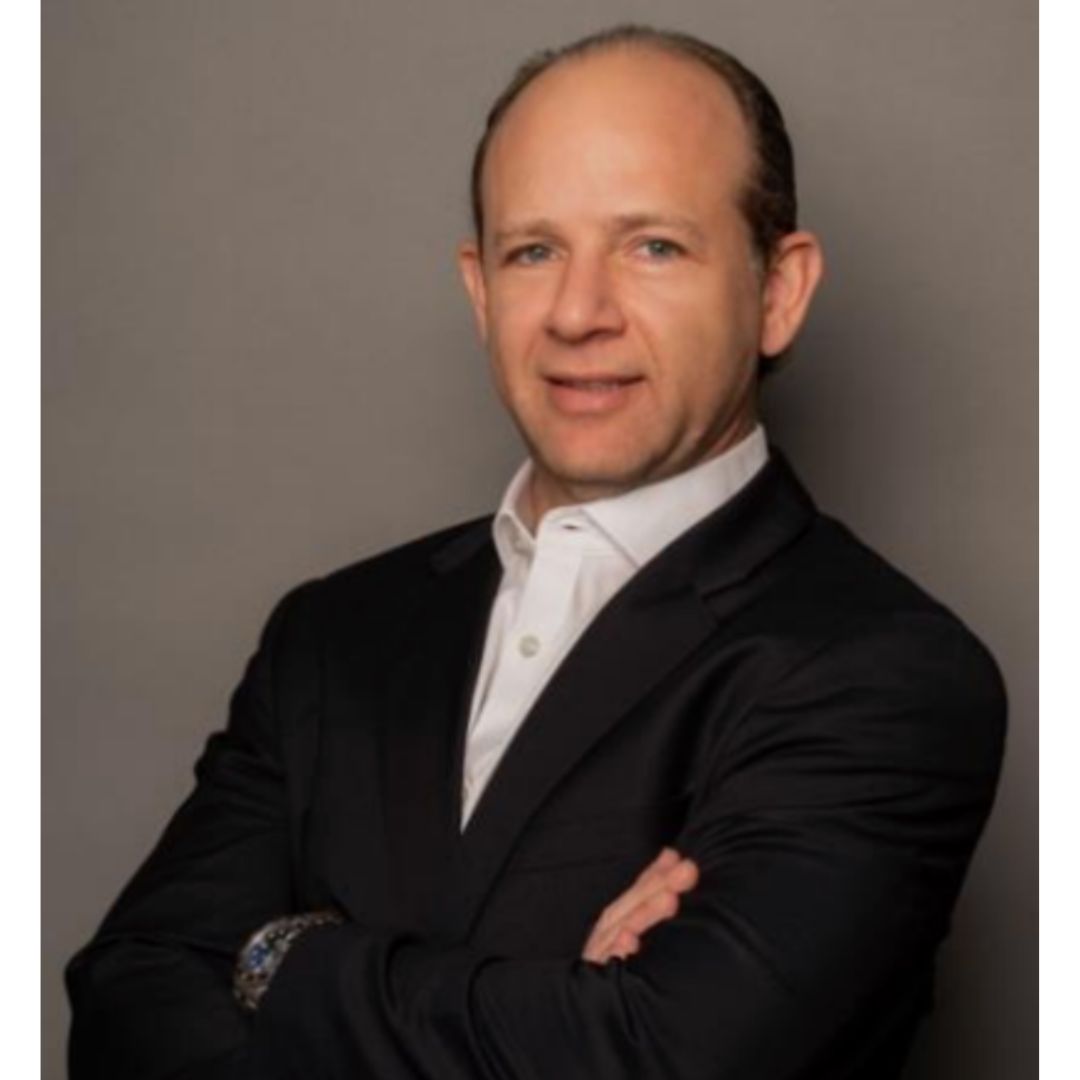The Securities and Exchange Commission announced that Nathaniel H. Benjamin has been appointed the Director of the Office of Minority and Women Inclusion (OMWI). Benjamin will join OMWI from AmeriCorps, where he is the Chief Diversity and Inclusion Officer.
“I welcome Nate to the SEC in the leadership role as Director of the Office of Minority and Women Inclusion. Nate brings deep experience to the Office, having led various workforce development and employee engagement programs throughout two decades in public service,” said SEC Chair Gary Gensler and he thank Allison Wise, OMWI’s Deputy Director, has served as Acting Director of the Office since October 2023.
Benjamin joined AmeriCorps from the Department of Education, where he was deputy chief human capital officer and worked as a change strategist and executive leader for the agency’s operational functions. He was also the managing executive for the department’s diversity, equity, and inclusion program and led the agency’s Diversity and Inclusion Council.
Benjamin previously was the human capital director and deputy chief human capital officer at the Office of Management and Budget, where he directed the human capital strategy, workforce development and employee engagement initiatives, and the diversity and inclusion plan. He was also the deputy human resources officer for the T Family Bureaus at the U.S. Department of State, where he led the civil service staff for three bureaus supporting its arms control and international security missions.
Over a 24-year career, Benjamin has served as a noncommissioned officer in the U.S. Air Force, a civil servant for the Department of Defense, and an adjunct instructor at Trinity Washington University and the Art Institute of Washington. Mr. Benjamin is a certified professional coach and executively trained in strategic diversity, equity, and inclusion management through Georgetown University. He has received several awards for his superior leadership and notable results as a federal human resources change agent in diversity, equity, and inclusion programs. He has an M.B.A. from Johns Hopkins University, an MA from the University of Baltimore, and a B.A. from the University of Maryland Eastern Shore.
“I am honored to join the Securities and Exchange Commission as the Director of the Office of Women and Minority Inclusion,” said Nathaniel Benjamin. “I will use my experience to address challenges and barriers and strategically lead the Office. I look forward to working with the Commission to further equity and opportunities for all SEC stakeholders.”
Wise joined the SEC in June 2021. Before that, she led 60+ federal partners as the Director of Diversity and Inclusion at the U.S. Office of Personnel Management. She also served as the inaugural Director of Diversity and Inclusion at the National Archives and Records Administration. Wise has held several advisory roles on Federal DEI Councils and was the co-founder of the Federal Interagency Diversity Partnership. She holds a Bachelor of Arts in Finance from the University of Maryland Robert H. Smith School of Business and Executive Certifications in Strategic Diversity and Inclusion Management from both Georgetown University and the Harvard Kennedy School.





 An integral member of Acosta’s team worthy of mention is Daniela Emanuele. Originally from Argentina, Emanuele joins as acting Chief Operating Officer and Director of Client Services for 5E Wealth, bringing with her more than 20 years of experience in wealth management and private banking in the Latin America region. Before joining 5E Wealth, Emanuele worked at investment advisory boutiques located in Miami, where she was instrumental in managing operations and overseeing client relationships. Prior to this, Emanuele worked at EFG International and Credit Agricole as a relationship manager and at Royal Bank of Canada Private Bank (RBC), where she started her career in 1999.
An integral member of Acosta’s team worthy of mention is Daniela Emanuele. Originally from Argentina, Emanuele joins as acting Chief Operating Officer and Director of Client Services for 5E Wealth, bringing with her more than 20 years of experience in wealth management and private banking in the Latin America region. Before joining 5E Wealth, Emanuele worked at investment advisory boutiques located in Miami, where she was instrumental in managing operations and overseeing client relationships. Prior to this, Emanuele worked at EFG International and Credit Agricole as a relationship manager and at Royal Bank of Canada Private Bank (RBC), where she started her career in 1999.



